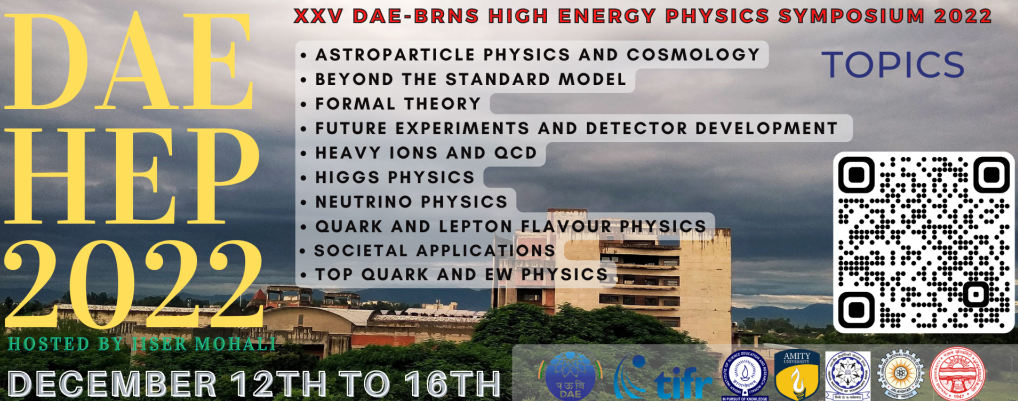Speaker
Description
The non-relativistic hypercentral Constituent Quark Model (hCQM) has been employed for the study of light, strange to the heavy baryons. The approach is based on the idea of parametrizing the quark dyanmics through the constituent quark mass. The potential being chosen is such as to solely depend on hyperradius (x) of the Jacobi coordinates so that incorporating three body effects in the reduced x form. The present study is focused on light, strange baryon N to $\Omega$. The mass spectra so obtained using hCQM with linear confining potential as well as spin-dependent terms and some correction factors to take care of hyperfine splitting, provides a range of states. The least experimentally explored strange baryon might have a mass to look for in future experimental facilities namely PANDA at FAIR-GSI. The linear Regge trajectories are observed for (n,$M^{2}$) and (J,$M^{2}$) and magnetic moments for ground and other possible mixed state has been calculated [1-3]. The spectra opens the door to look for various decay channels, wherein electromagnetic decays have been studied. Also, few strong decay channels for light and strange baryons are calculated. Some of the results are very well in accordance of the PDG masses [4], however other resulhs show the path for possible modification in the potential model and compare a variety of theoretical and phenomenology approaches. It is noteworthy here that few of the baryon states in long debate such as $\Lambda$(1405) and $\Omega$(2012) whose exact nature is not clear, here not all such states are observed through this model. Thus, with more experimental states in upcoming time will boost up the understanding and possibility to define the phenomenology approach through new way.
References:
1) C. Menapara and A. K. Rai, Chin. Phys. C 46, 103102 (2022); Chin. Phys. C 45, 063108 (2021); EPJ Web of Conferences 258, 03004 (2022)
2) C. Menapara, Z. Shah and A. K. Rai, Chin. Phys. C 45, 023102 (2021)
3) Z. Shah, K. Gandhi and A. K. Rai, Chin. Phys. C 43,024106 (2019)
4) R. L. Workman et. al. [Particle Data Group], Prog. Theor. Exp. Phys. 2022, 083C01 (2022)
| Session | Heavy Ions and QCD |
|---|
